The allure of famous attractions draws millions of travelers each year, but not every bucket-list destination delivers on its promises. Despite countless online reviews and travel blogs warning visitors away, certain tourist spots continue to disappoint yet somehow maintain their popularity. The combination of effective marketing, iconic status, and the human desire to see things for ourselves keeps these attractions firmly on travel itineraries.
Here is a list of 19 tourist traps worldwide that continue to lure visitors despite consistently underwhelming experiences.
Times Square, New York City
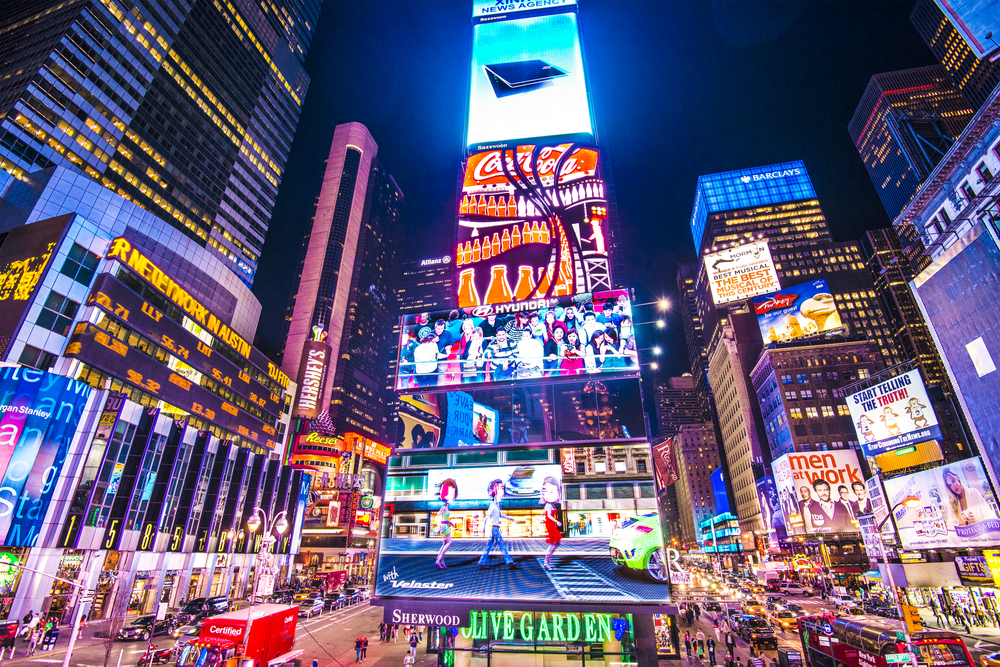
This iconic intersection bombards visitors with overwhelming sensory overload while delivering little authentic New York experience. Overpriced chain restaurants, aggressive costumed characters demanding tips for photos, and merchandise shops selling identical souvenirs create an atmosphere that most locals actively avoid.
The true cultural and culinary gems of Manhattan lie just blocks away in neighborhoods where actual New Yorkers live and work.
Hollywood Walk of Fame, Los Angeles

Expectations of glamour and celebrity sightings quickly dissolve into disappointment on this crowded, often dirty sidewalk. Visitors find themselves shuffling along congested pathways, dodging street performers and vendors while trying to spot stars they recognize among the thousands embedded in concrete.
The adjacent souvenir shops selling cheap memorabilia and the persistent hawkers trying to sell bus tours further diminish what could be a quick photo opportunity into an unnecessarily prolonged experience.
Like Travel Pug’s content? Follow us on MSN.
Blarney Stone, Ireland
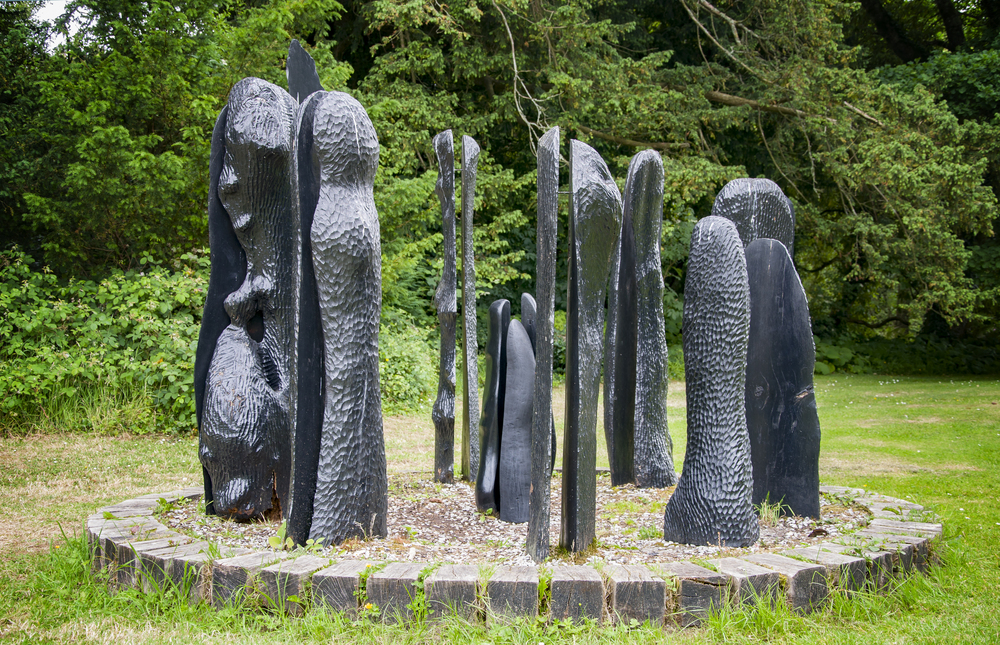
Travelers queue for hours for the brief opportunity to bend backward over a precarious height and kiss a stone that thousands of strangers’ lips have touched each day. The supposed gift of eloquence comes at the cost of potential backaches, exposure to germs, and a hefty entrance fee to Blarney Castle.
The beautiful Irish countryside offers countless authentic experiences that don’t involve contorting yourself to kiss a well-worn rock.
Cabo Wabo, Cabo San Lucas
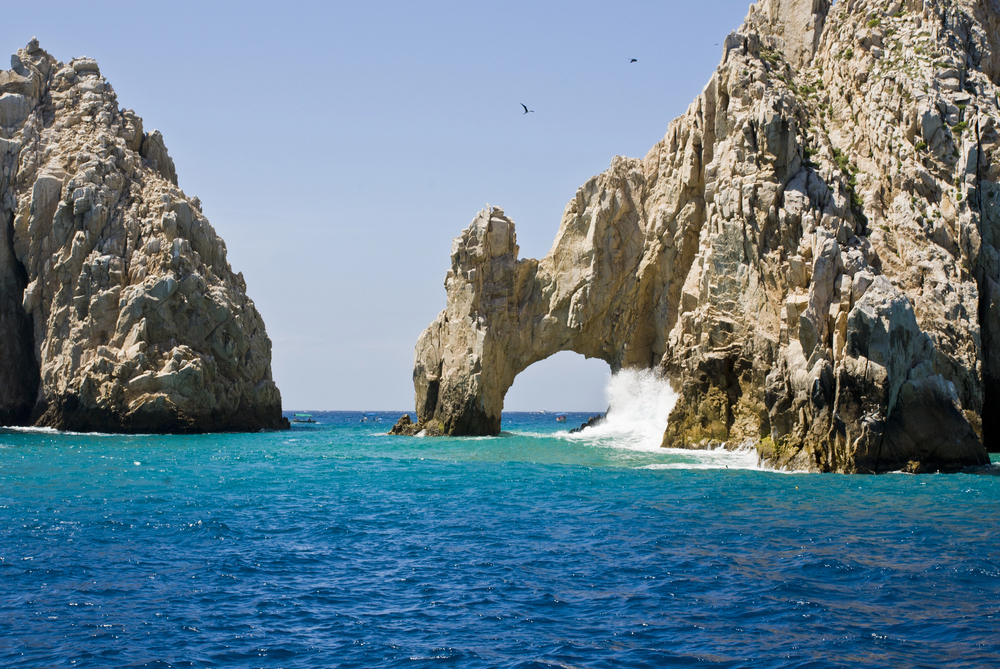
This celebrity-owned establishment trades on name recognition while serving mediocre food at premium prices in a rowdy atmosphere. Visitors seeking authentic Mexican cuisine or atmosphere will find themselves disappointed by generic offerings that could exist in any tourist destination worldwide.
Just a few blocks away, family-run establishments serve far superior food at a fraction of the cost without the artificial spring-break atmosphere.
Fisherman’s Wharf, San Francisco
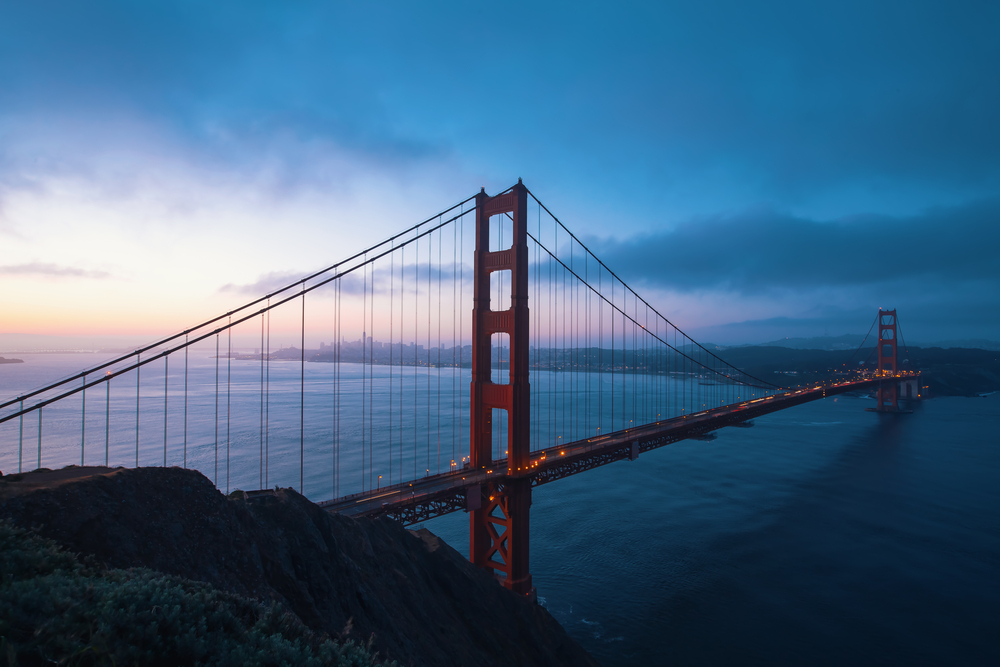
Once an authentic working pier, this area has transformed into a collection of generic gift shops, overpriced seafood restaurants, and carnival-like attractions disconnected from San Francisco’s true character. The identical T-shirt shops, wax museums, and chain restaurants create an experience that could exist in any coastal tourist town rather than reflecting the unique culture of the Bay Area.
The nearby sea lions remain the only authentic attraction in an otherwise commercialized environment.
Like Travel Pug’s content? Follow us on MSN.
Little Mermaid Statue, Copenhagen
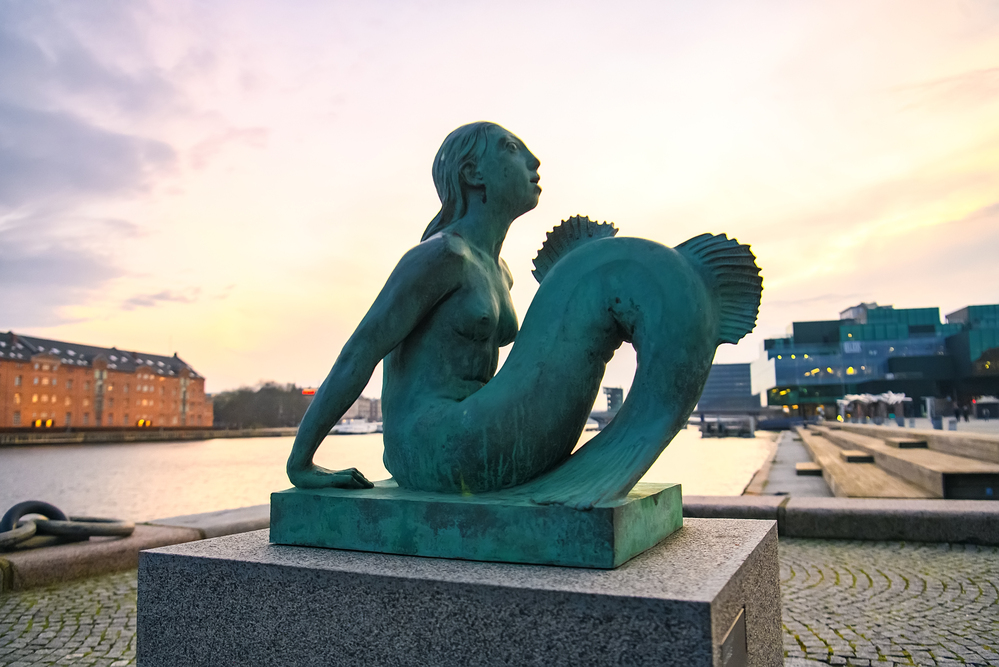
Travelers often express surprise at how small and unimpressive this statue appears in person after making the long trek to see it. Perpetually surrounded by crowds trying to photograph the modestly-sized bronze figure, visitors typically spend just minutes at the site after potentially planning an entire day around it.
Copenhagen offers incredible design, architecture, and waterfront experiences that far surpass this somewhat underwhelming landmark.
Piccadilly Circus, London
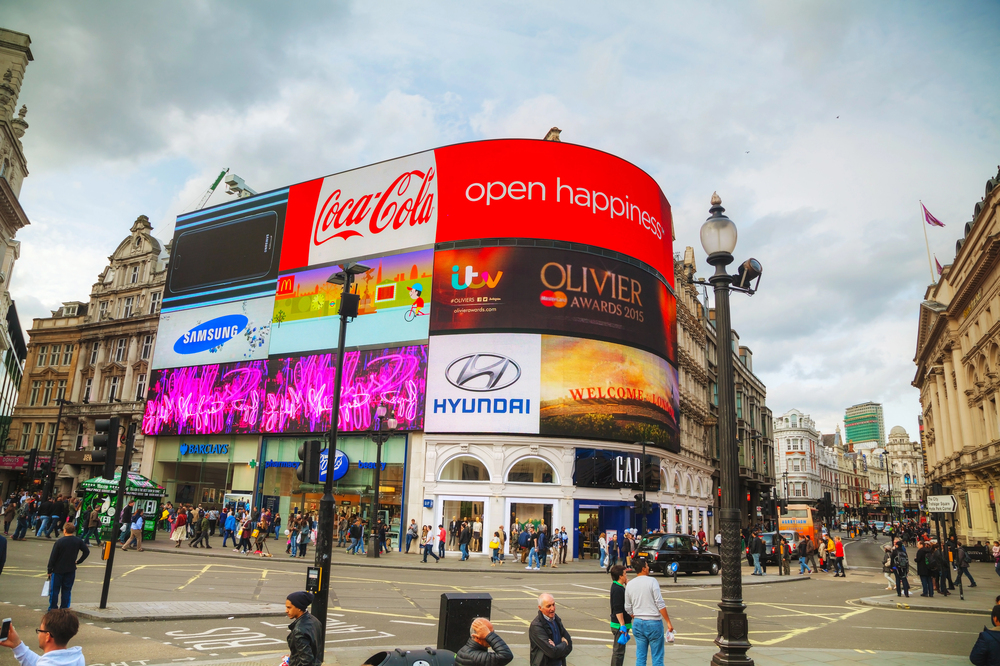
Often described as London’s equivalent to Times Square, this junction delivers similar disappointment with crowded sidewalks, chain stores, and overwhelming digital billboards. Visitors expecting quintessential British charm instead find global brands, fast food outlets, and souvenir shops selling identical merchandise available at any tourist spot in the city.
The authentic character of London awaits in the adjacent neighborhoods where locals actually shop, dine, and socialize.
Manneken Pis, Brussels
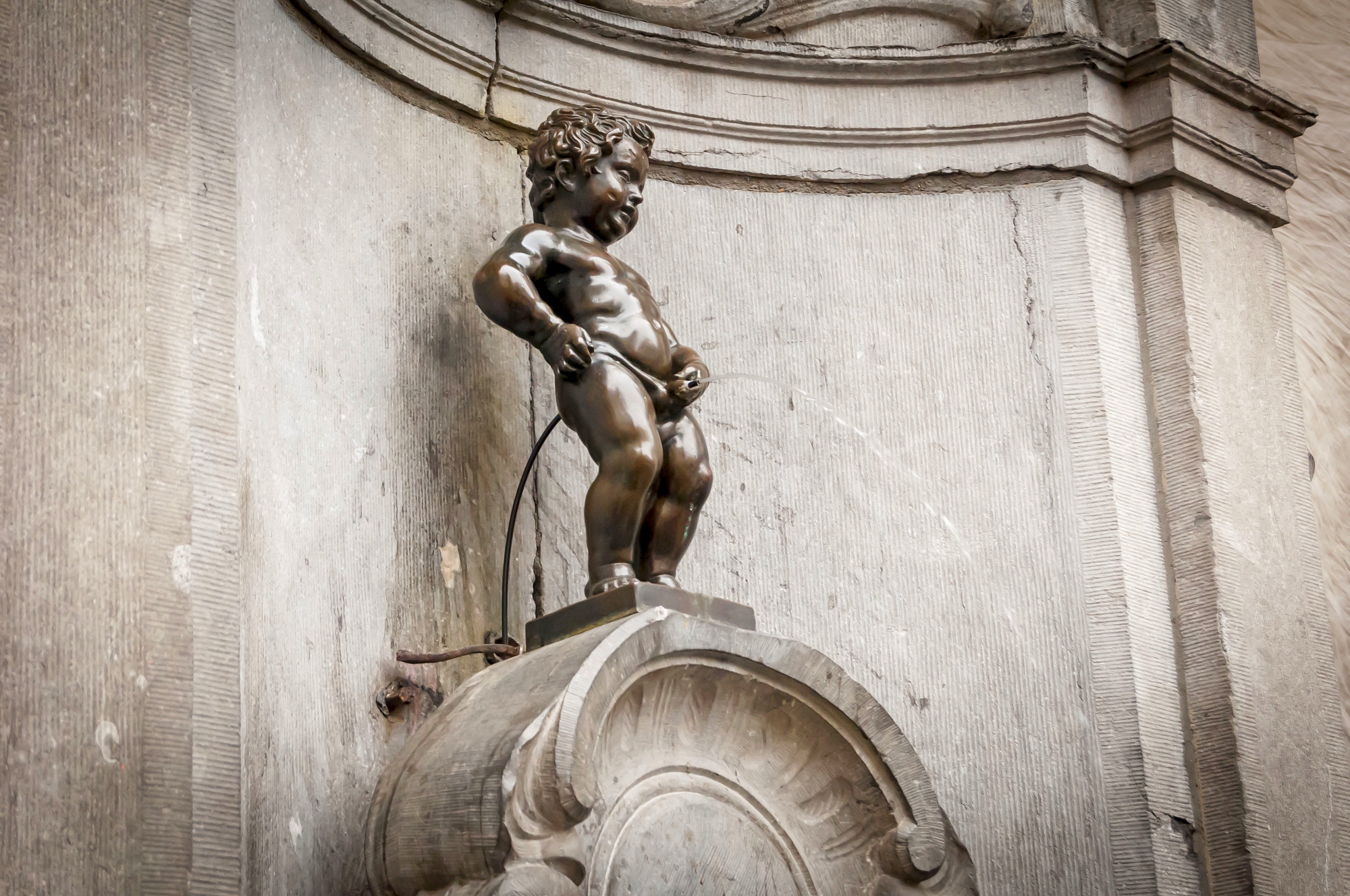
Travelers routinely express disbelief at how small this famous statue of a urinating boy actually stands in person. After navigating crowded streets to reach the perpetually surrounded monument, visitors typically spend less than a minute viewing the tiny figure before questioning why it has achieved such fame.
The nearby Grand Place and Belgian beer culture offer far more rewarding experiences that genuinely represent Brussels’ rich heritage.
Like Travel Pug’s content? Follow us on MSN.
Phi Phi Islands, Thailand
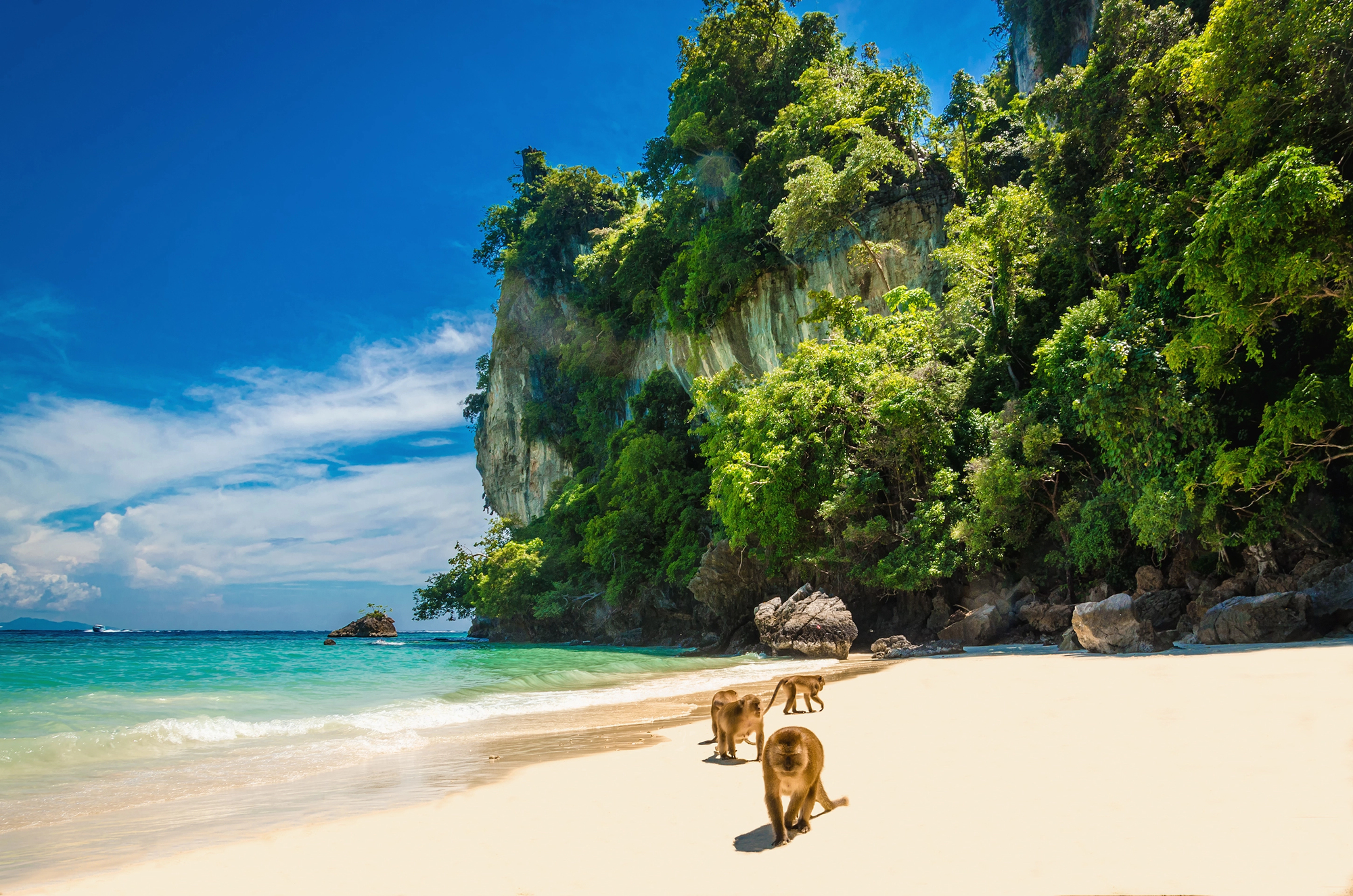
Once pristine tropical paradises, these islands now suffer from extreme overtourism, which results in crowded beaches, damaged coral, and polluted waters. Visitors expecting the isolated tropical paradise seen in movies instead find themselves shoulder-to-shoulder with thousands of other tourists while boats circle continuously offshore.
The environmental impact has become so severe that Thai authorities periodically close sections to allow nature some recovery time from the constant human presence.
Plymouth Rock, Massachusetts

This small, unimpressive stone housed under a granite canopy routinely causes visitors to question whether they’ve actually found the right attraction. The modest rock, which has been broken and moved multiple times since the Pilgrims allegedly landed near it, hardly justifies a special trip to see it.
The surrounding Plimouth Plantation living history museum actually provides a much more educational and engaging experience about early colonial life than the rock itself.
Four Corners Monument, Southwestern US
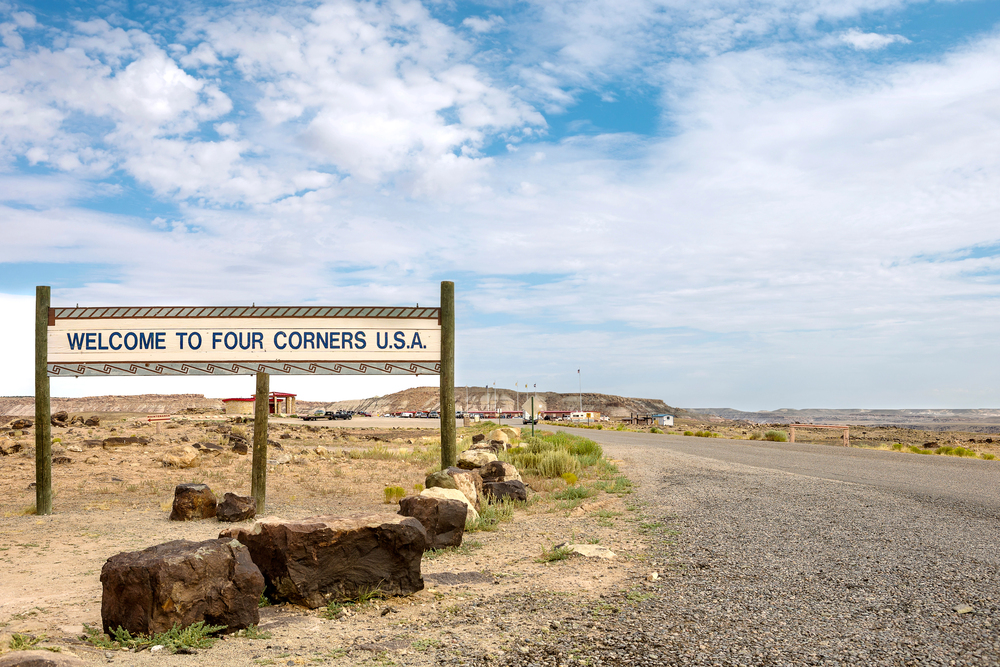
Travelers drive hours through the remote desert to stand in four states simultaneously at this concrete marker, only to discover it’s little more than a flat platform with state seals and souvenir stands. The brief photo opportunity hardly justifies the lengthy journey, especially when nearby national parks offer truly spectacular landscapes that showcase the region’s natural beauty.
Even the monument’s geographical accuracy has been questioned, adding further disappointment to an already minimal experience.
Like Travel Pug’s content? Follow us on MSN.
Temple Bar District, Dublin

This neighborhood has transformed from a cultural center to a collection of overpriced pubs catering almost exclusively to international visitors rather than locals. The inflated drink prices, performers playing generic Irish songs on repeat, and bachelor party crowds create an experience that bears little resemblance to authentic Irish pub culture.
Just a short walk away, traditional pubs offer better prices, genuine atmosphere, and the opportunity to converse with actual Dubliners.
Checkpoint Charlie, Berlin
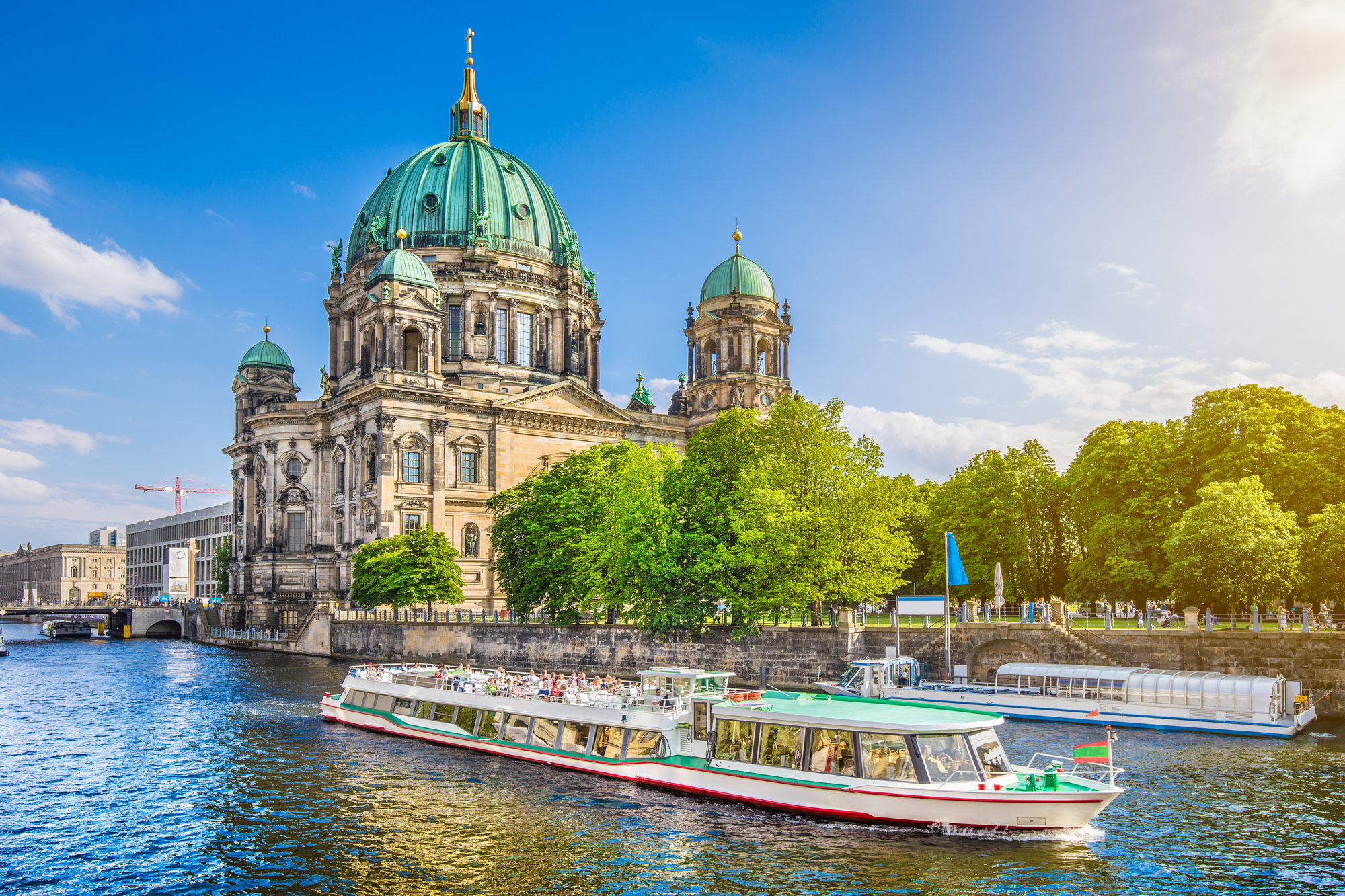
The current iteration bears almost no resemblance to the original Cold War border crossing, having been reduced to actors in costume charging for photos beside a replica guardhouse. Surrounded by fast food restaurants and souvenir shops selling fake Soviet memorabilia, the site provides little educational value about its profound historical significance.
The nearby Berlin Wall Memorial offers a far more authentic and informative experience about this critical period in world history.
Burano Island Glass Factories, Venice
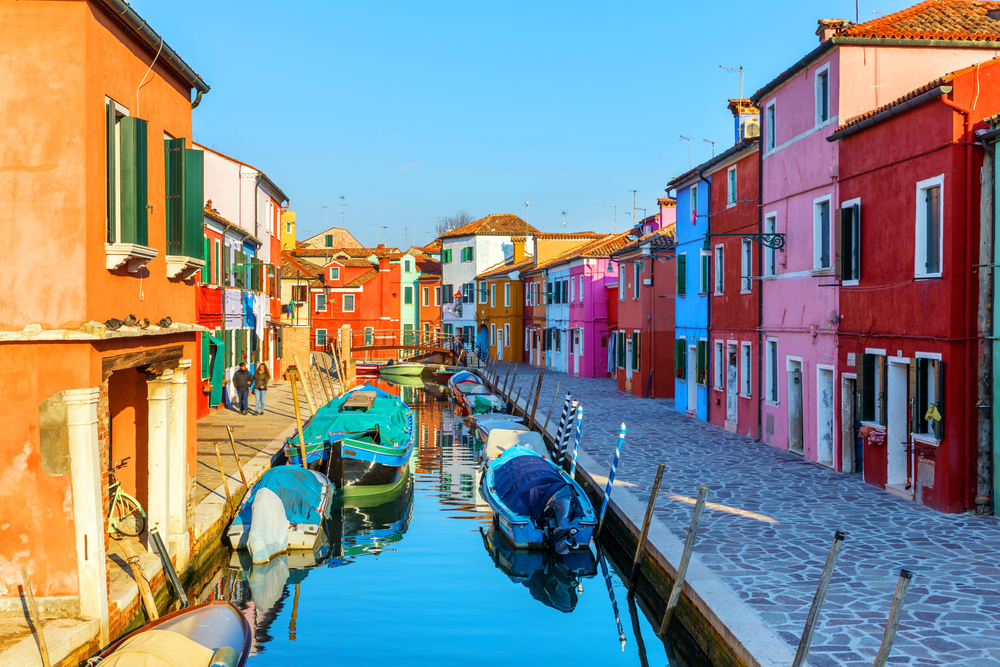
Tours frequently shuttle visitors to specific factories that prioritize high-pressure sales tactics over authentic demonstrations of the famous craft. Travelers often find themselves watching abbreviated demonstrations before being guided through extensive showrooms where salespeople aggressively push overpriced items.
Independent glass studios throughout Venice offer more genuine experiences where artists actually practice and preserve traditional techniques without the commercial pressure.
Like Travel Pug’s content? Follow us on MSN.
Bourbon Street, New Orleans

This famous street has devolved into a caricature of New Orleans culture with chain restaurants, sugary cocktails, and a sanitized version of the city’s rich musical heritage. The genuine culinary traditions, authentic jazz performances, and unique architectural character that make New Orleans special exist just blocks away in neighborhoods where locals actually eat, drink, and socialize.
The distinctive culture that makes the city special deserves more attention than this commercialized entertainment strip.
Tortuga Island, Costa Rica
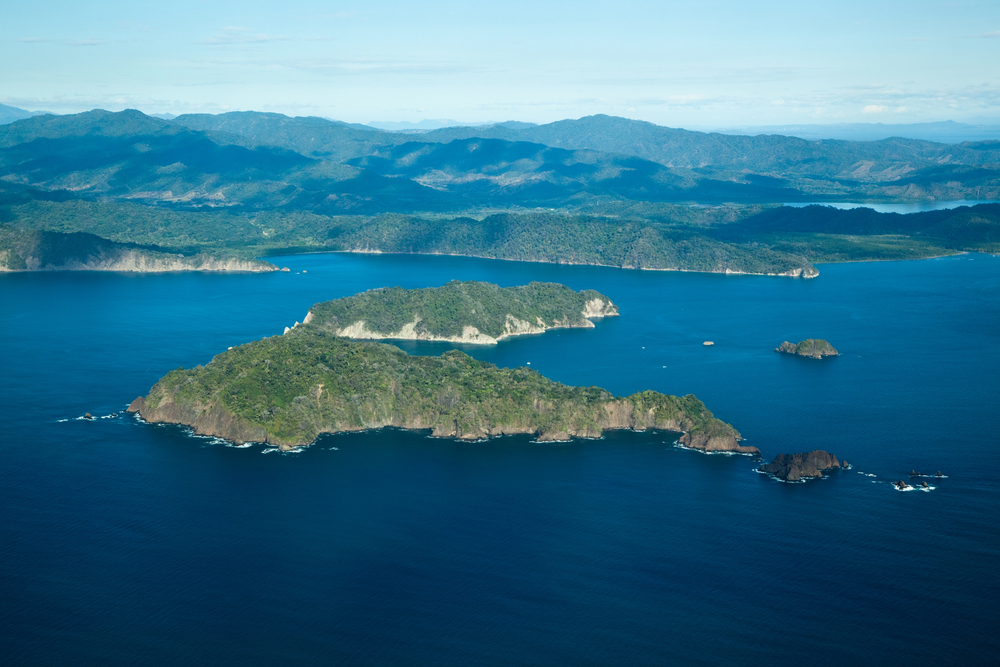
Marketing materials show isolated tropical beaches, but visitors instead find shores packed with tour groups and vendors selling identical souvenirs. The once-vibrant marine life has diminished due to overtourism, with snorkeling experiences revealing damaged coral and fewer fish than in less-visited coastal areas.
Costa Rica offers numerous less commercialized beaches and truly pristine natural environments that better represent the country’s commitment to sustainable tourism and biodiversity.
Montmartre Portrait Artists, Paris
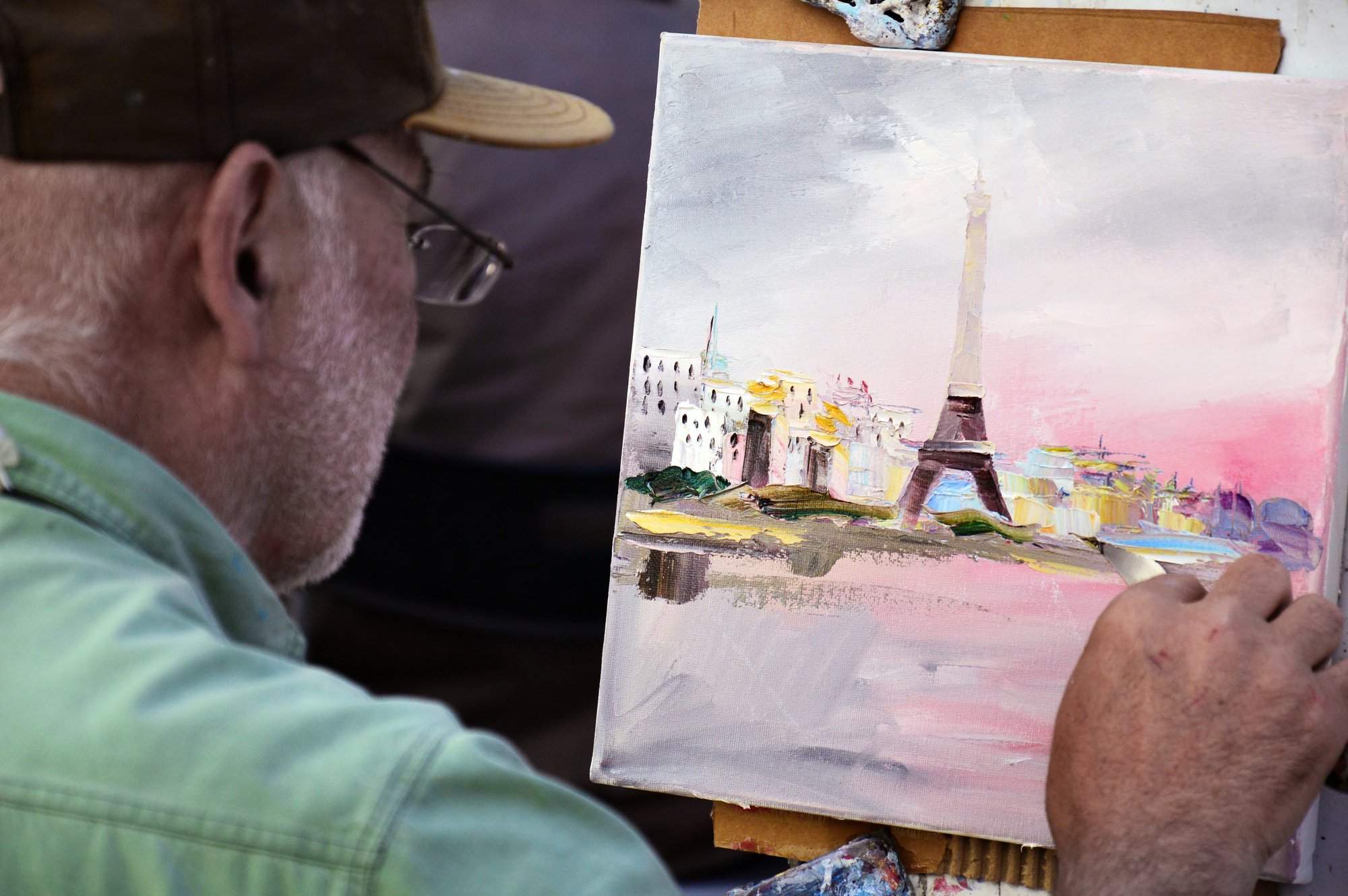
What appears to be a bohemian gathering of artists often turns out to be aggressive vendors using hard-sell tactics to pressure tourists into overpriced portraits. Many artists use pre-made templates rather than creating original work, resulting in remarkably similar portraits regardless of the subject’s actual appearance.
The authentic artistic spirit of Montmartre exists in its small museums, historic windmills, and vineyards rather than these commercial portrait stands.
Like Travel Pug’s content? Follow us on MSN.
Khao San Road, Bangkok

Once a genuine backpacker haven, this street has transformed into a cartoonish version of itself with clubs playing western music, vendors selling identical ‘authentic’ souvenirs, and food modified for foreign palates. The genuine street food, markets, and cultural experiences that make Bangkok fascinating exist in nearby neighborhoods where tourists rarely venture.
The concentrated commercialization creates an environment that feels disconnected from the actual city surrounding it.
Niagara Falls Clifton Hill, Canada

The spectacular natural wonder becomes overshadowed by the surrounding carnival atmosphere of wax museums, haunted houses, and overpriced restaurants. Visitors often spend more time in these touristy attractions than appreciating the actual falls that drew them there in the first place.
Commercialization extends to helicopter rides, boat tours, and observation decks, which all charge premium prices for experiences that often involve more waiting than actual viewing time.
Beyond the Tourist Bubble

These attractions continue drawing visitors despite their shortcomings because they’ve become cultural checkmarks that many travelers feel obligated to experience firsthand. The true essence of memorable travel often lies just beyond these tourist zones in neighborhoods where daily life unfolds authentically.
By venturing a few blocks from these overcrowded attractions or seeking local guidance, travelers can discover experiences that create genuine connections to destinations rather than manufactured moments designed primarily for visitor dollars.
Like Travel Pug’s content? Follow us on MSN.
More from Travel Pug

- Cities Growing so Fast You Won’t Recognize Them in 10 Years
- 13 Destinations Where Tourists Regularly Regret Their Trip
- 16 U.S. Cities That Are Quietly Becoming Travel Hotspots
- Where to Travel If You Love Long Bus Rides and Daydreams
- 20 Cities Perfect for Solo Travelers Who Crave Adventure & Culture
Like Travel Pug’s content? Follow us on MSN.
